Answer just a few questions and we'll have you matchedwith your perfect Companion Robot!Click now for your FREE custom report!
Unitree Go1 Bionic Robot: Specifications, Features, and Real-World Performance
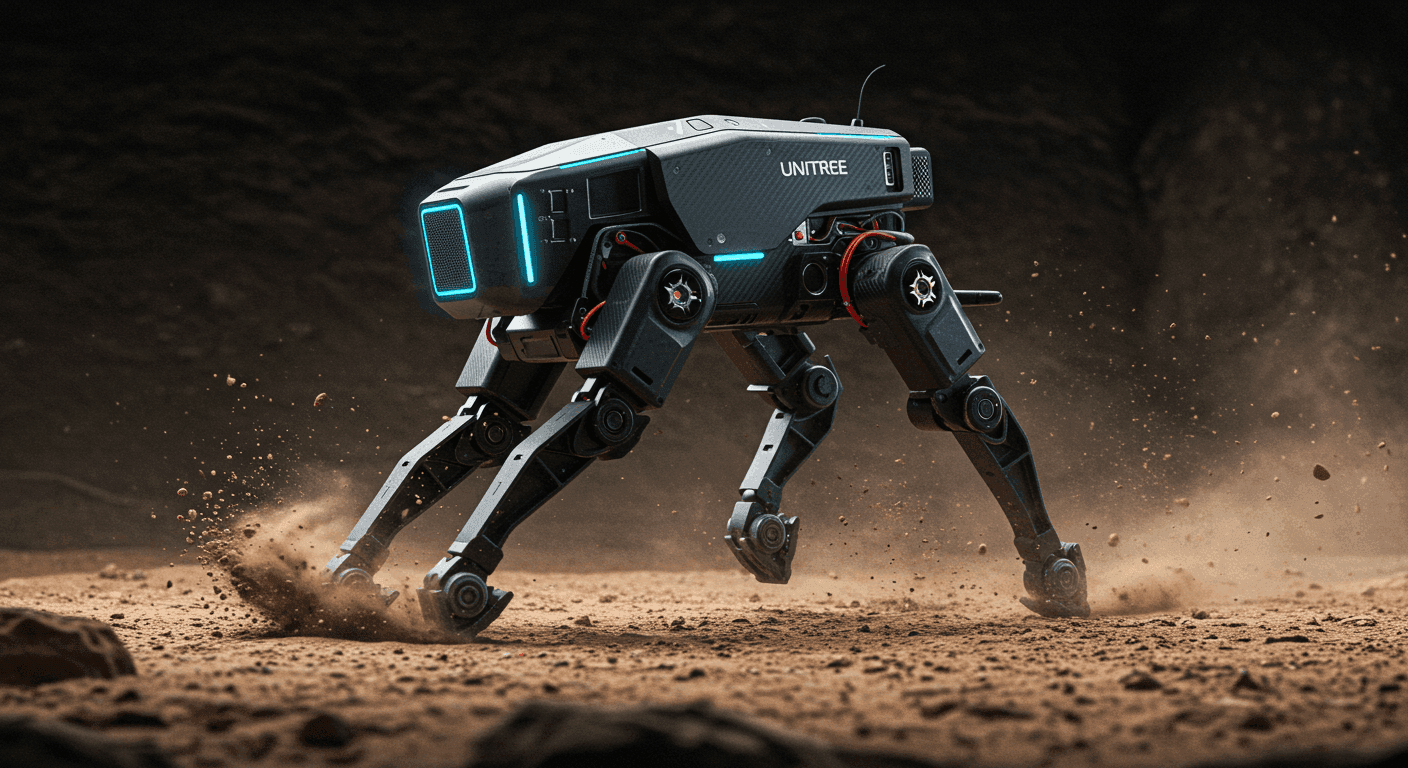
Meet the Unitree Go1: The Quadruped Robot That’s Redefining Mobility
The world of robotics just got a whole lot more interesting with the Unitree Go1 bionic robot. Think of it as a mechanical dog that can carry your groceries, follow you around, and even do backflips. No, seriously – this isn’t science fiction anymore.
Core Specifications That’ll Blow Your Mind
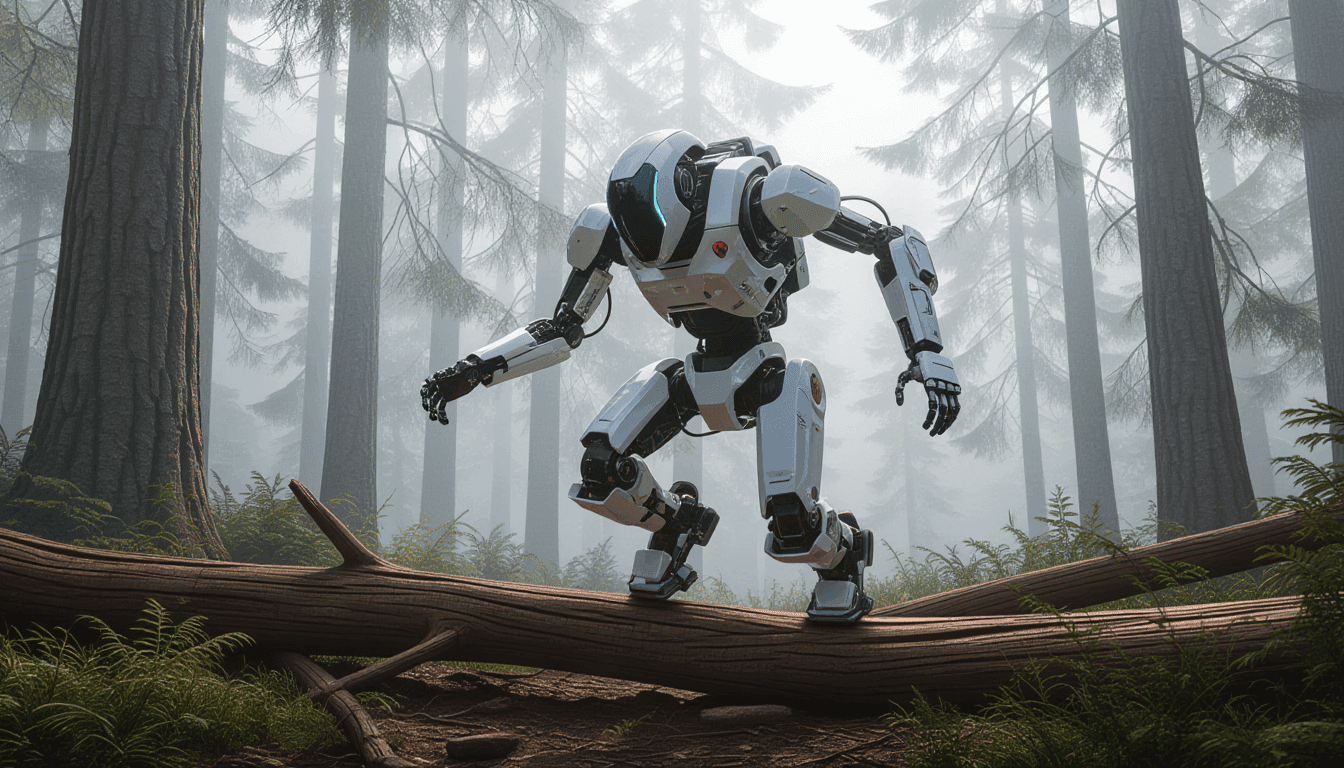
The Unitree Go1 specifications are nothing short of impressive. Let’s break down the key stats:
Feature | Specification |
|---|---|
Weight | 12kg |
Max Speed | 3.3m/s |
Max Payload | 3kg |
Battery Life | 3-4 hours |
Motors | 12 high-performance servos |
Computing Power | 2 onboard computers |
But these numbers only tell part of the story. The real magic happens when you see this mechanical marvel in action.
Three Flavors of Awesome
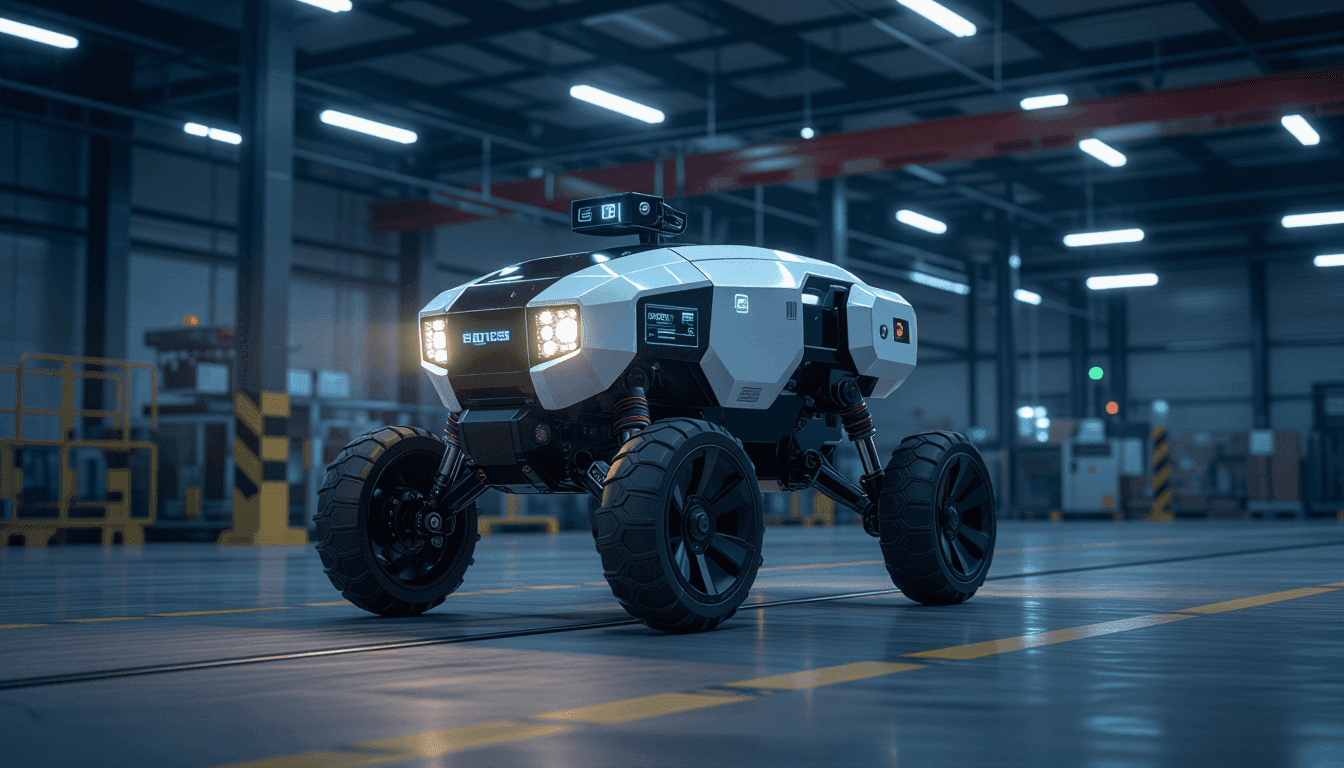
The Go1 comes in three distinct versions:
- Go1 Air – The entry-level model perfect for enthusiasts
- Go1 – The standard version with enhanced capabilities
- Go1 Pro – The fully loaded version with advanced AI features
Each model builds upon the last, adding more sophisticated sensors and processing power. The Pro version, for instance, packs enough computational punch to make real-time decisions about complex terrain navigation.
Smart Features That Actually Work
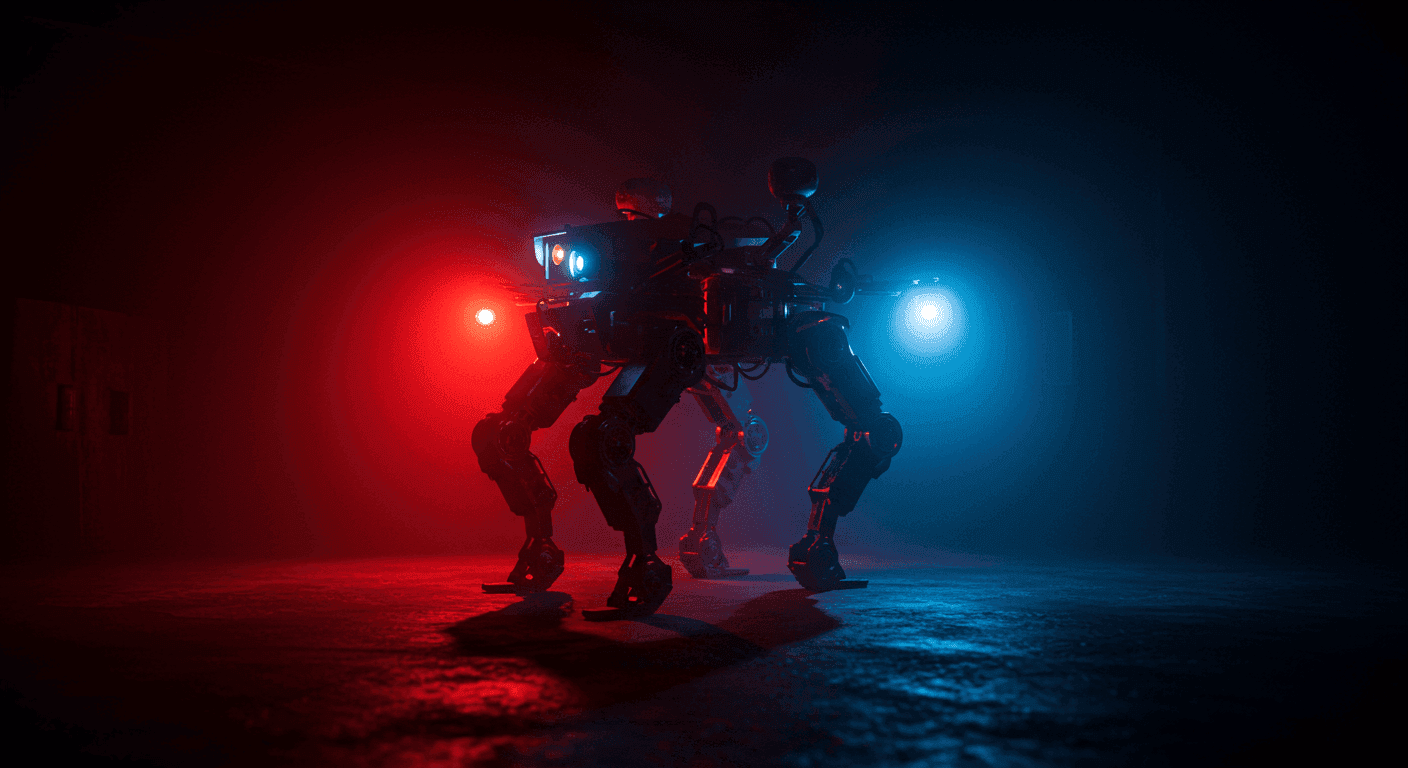
The Unitree Go1 bionic robot isn’t just another pretty face in the world of robotics. It’s packed with practical features that make it genuinely useful:
- Advanced Following Algorithm: It tracks and follows you without losing sight, even in crowded spaces
- Obstacle Avoidance: Uses depth cameras and sensors to navigate around objects
- Auto-Righting: Can flip itself back up if it falls over
- Terrain Adaptation: Automatically adjusts its gait for different surfaces
Real-World Performance: The Good, The Bad, and The Robotic
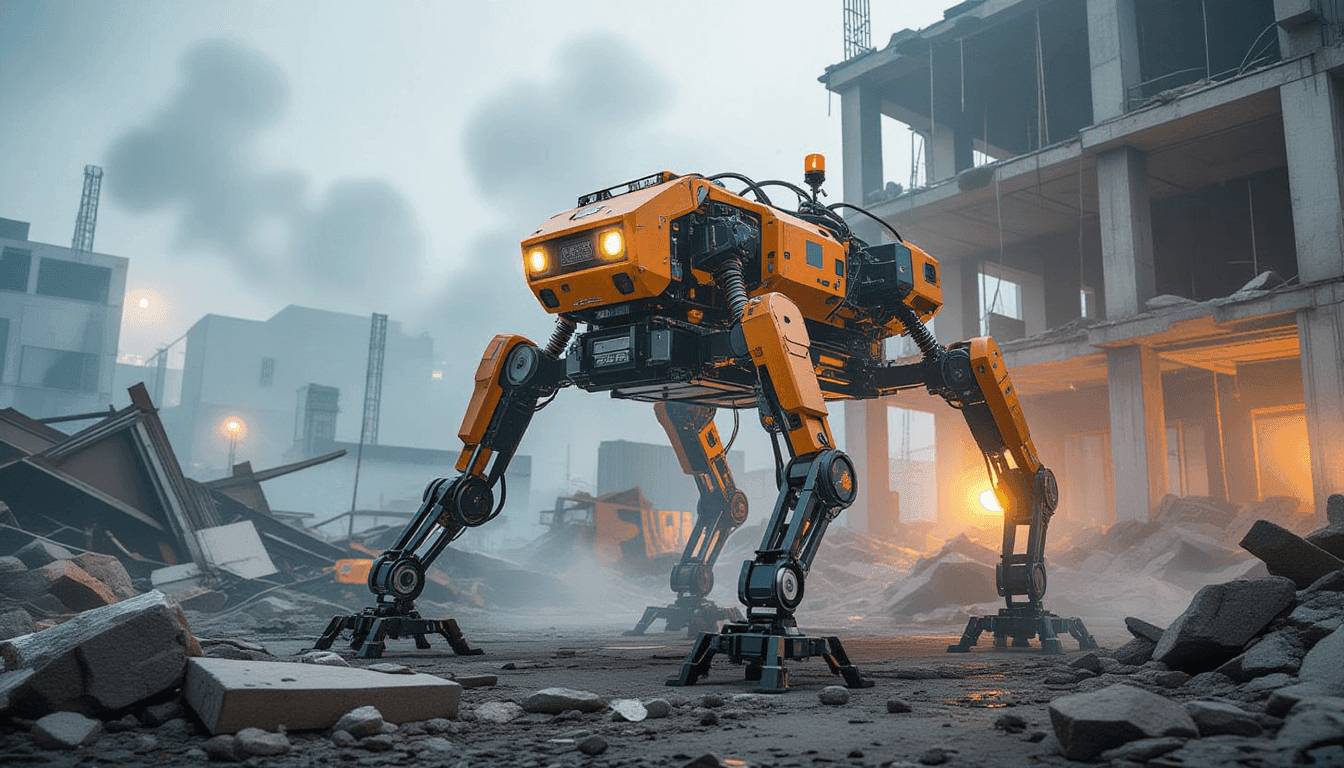
I’ve seen plenty of robots that look great on paper but fall flat in the real world. The Unitree Go1 specifications promise a lot, but how does it actually perform?
According to IEEE Spectrum, the Go1 can handle:
- Slopes up to 20 degrees
- Various terrain types including grass, concrete, and gravel
- Stairs and obstacles up to 12cm high
- Continuous operation for 3-4 hours
But it’s not all perfect. Some users report that the battery life can dip below 2 hours with heavy use, and the payload capacity feels optimistic when navigating challenging terrain.
The Brain Behind the Brawn
The Go1’s intelligence comes from a sophisticated combination of:
- Multiple depth cameras
- IMU sensors
- Joint position sensors
- Proprietary AI algorithms
This hardware-software combo allows the robot to make split-second decisions about movement and navigation. TechCrunch notes that the neural networks running on the Go1 can process visual data at 30 frames per second. This kind of responsive computation is also a core capability highlighted in our review on affordable AI robots for home users.
Price Point and Value Proposition
Let’s talk money. The Unitree Go1 bionic robot lineup ranges from $2,700 for the Air model to $8,500 for the Pro version. Sure, it’s not pocket change, but considering Boston Dynamics’ Spot costs around $75,000, the Go1 starts looking like a bargain.
Practical Applications
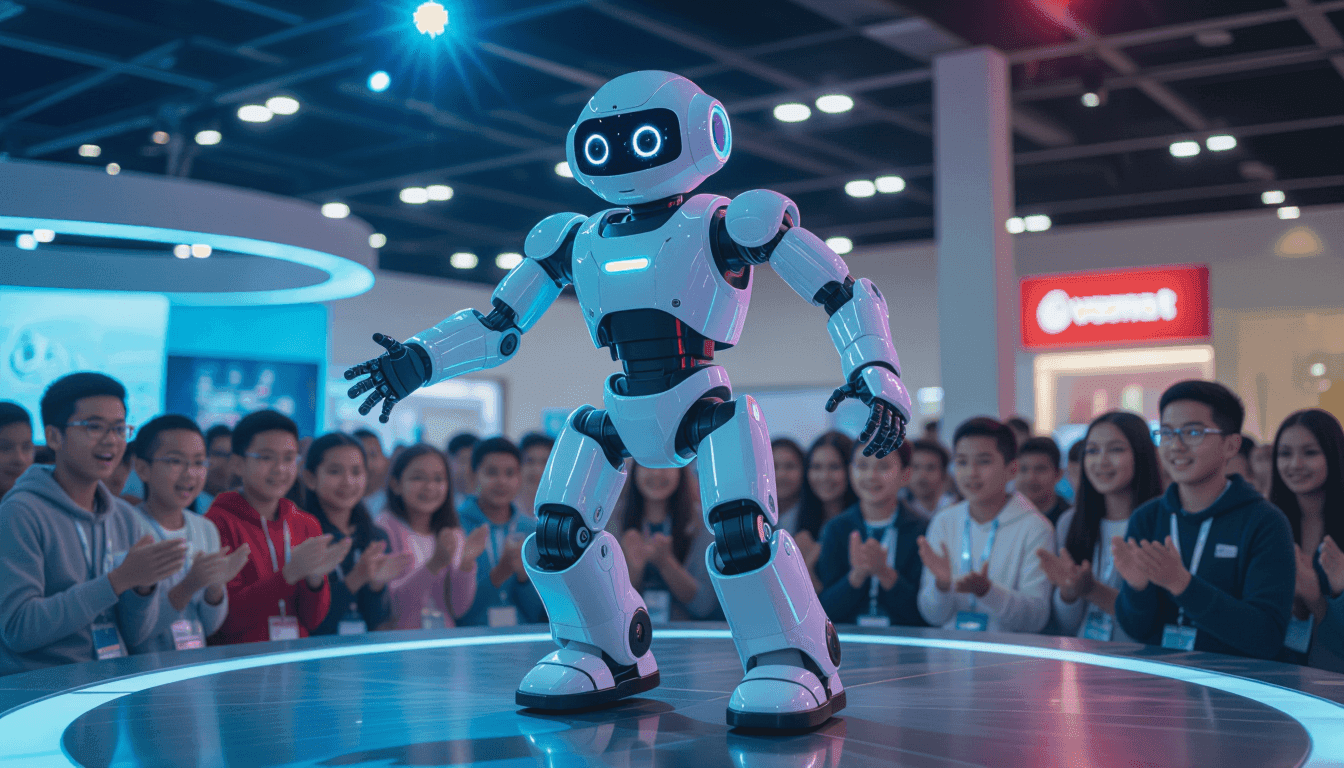
The Go1 isn’t just a cool toy. It’s finding real applications in:
- Security patrols
- Last-mile delivery
- Research and development
- Entertainment and events
- Industrial inspection
The Bottom Line
The Unitree Go1 represents a significant step forward in accessible quadruped robotics. While it may not be perfect, it’s pushing the boundaries of what’s possible at its price point. The combination of robust Unitree Go1 specifications, practical features, and relatively affordable pricing makes it a compelling option for both enthusiasts and professionals.
Is it worth the investment? That depends on your needs. But one thing’s clear: the future of quadruped robotics is here, and it’s more accessible than ever. Just don’t expect it to fetch your slippers… yet. And if you’re wondering how these bots compare in function and pricing, check out our insights on personal robots designed to alleviate loneliness.



